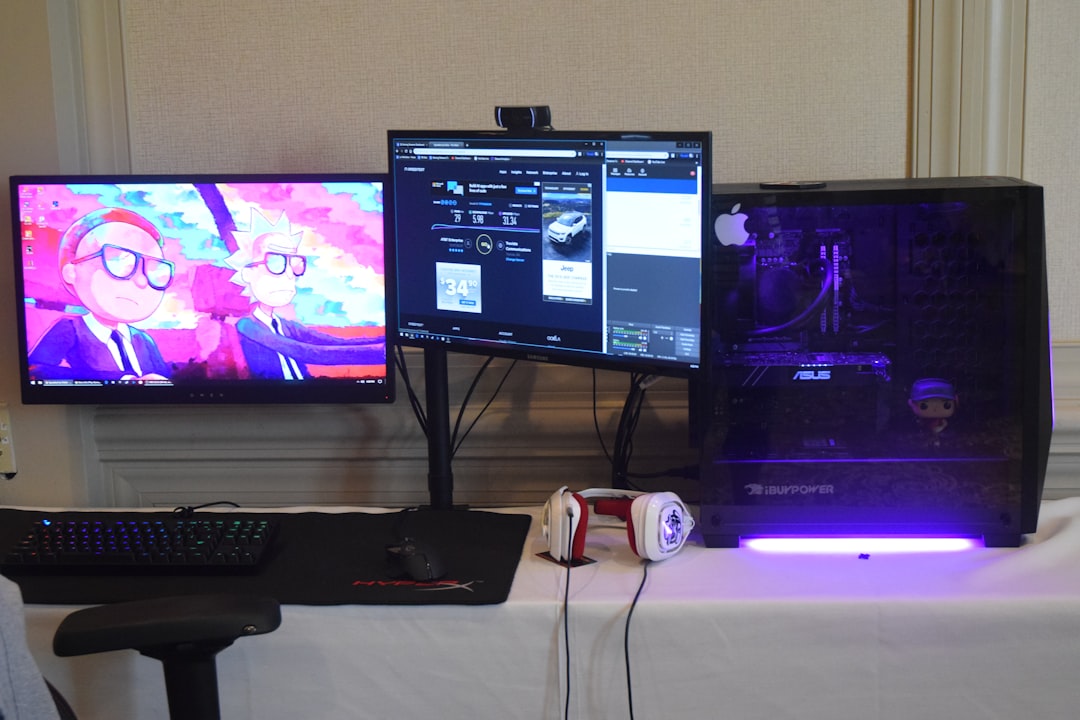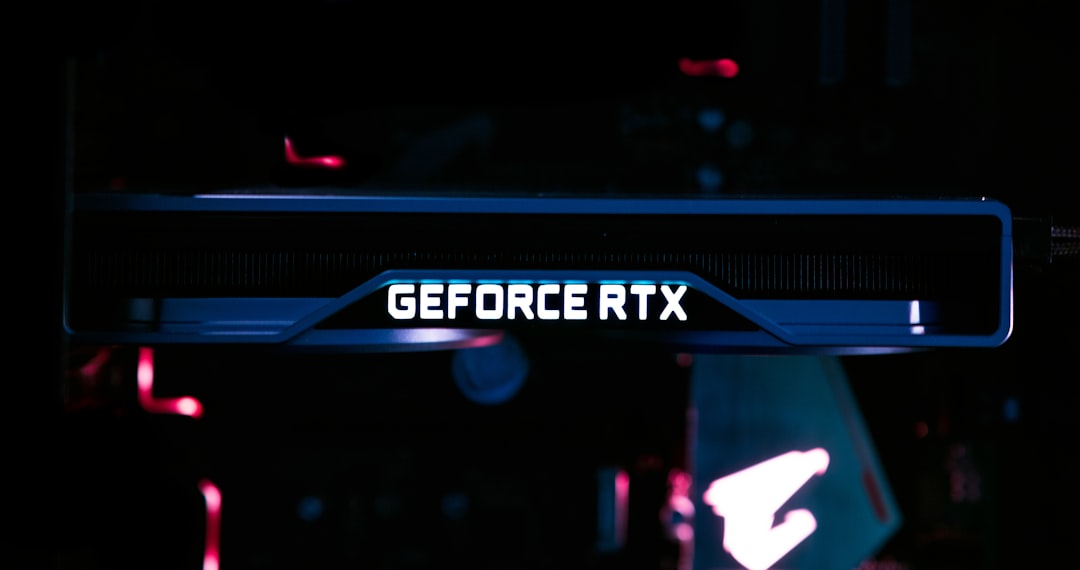Render latency is a critical factor in the gaming experience that often separates smooth responsiveness from frustrating lag. Especially in competitive gaming, even a few milliseconds can make the difference between winning and losing. Despite its importance, render latency remains somewhat misunderstood by many players. Understanding what constitutes acceptable render latency and how to optimize it is essential for all gamers looking to achieve the best performance from their hardware and gain a competitive edge.
What Is Render Latency?
Render latency refers to the time it takes from the moment a frame is prepared by the CPU to when it is fully rendered by the GPU and ready to be sent to the display. It’s a critical component of the broader concept of system latency, which includes input latency, system processing latency, and display latency.
Render latency is particularly crucial in fast-paced games like first-person shooters and racing simulators, where rapid feedback and responsiveness can dramatically affect gameplay.

What Is Considered Acceptable Render Latency?
An acceptable level of render latency can vary depending on the type of game and the sensitivity of the player. However, a good rule of thumb is:
- Under 10 milliseconds: Excellent – Ideal for competitive e-sports and professional-level play.
- 10–20 milliseconds: Good – Still provides a highly responsive experience for most gamers.
- 20–40 milliseconds: Acceptable – Noticeable in some cases, but usually adequate for casual gaming.
- Above 40 milliseconds: Poor – Likely to cause perceptible delays that hurt gameplay.
These values can vary depending on monitor refresh rate and input device latency, but optimizing render latency is always advantageous.
How to Measure Render Latency
While render latency used to be difficult to measure, tools like NVIDIA Reflex and GPUView have made it more accessible for gamers. Programs such as NVIDIA FrameView or AMD’s Radeon Anti-Lag offer real-time insights into system performance, allowing players to assess their latency metrics and identify potential bottlenecks.
Some modern games now include built-in support for latency measurement through APIs and HUD overlays. Check whether your game supports these tools and take time to monitor performance regularly.
How to Optimize Render Latency
There are several strategies gamers can use to reduce render latency and achieve a smoother, more responsive experience:
1. Use Low Latency Modes
Many modern GPUs include settings for low latency performance. NVIDIA users can enable “Ultra-low latency” mode via the NVIDIA Control Panel. AMD offers a similar option through the Radeon Software.
2. Enable NVIDIA Reflex or AMD Radeon Anti-Lag
NVIDIA Reflex and AMD Radeon Anti-Lag are designed to reduce render and input latency in supported games. These technologies help ensure that frames are both processed and displayed as quickly as possible by minimizing the queue between CPU and GPU.

3. Lower Graphics Settings
Reducing graphics settings such as texture quality, shadows, and rendering resolution can help the GPU stay ahead of the CPU, decreasing the overall render time. While this may slightly impact visual fidelity, the trade-off is often worth it in competitive settings.
4. Optimize Display Output
Ensure your monitor is set to its maximum refresh rate. Also, turning off V-Sync or using options such as G-Sync or FreeSync can help avoid frame buffering delays that contribute to latency.
5. Keep Drivers and Firmware Updated
Regularly updating GPU drivers and firmware can address performance inefficiencies and introduce new latency-reducing features.
6. Use High-Performance Power Configuration
Set your computer’s power settings to “High Performance” mode to prevent CPU and GPU throttling that can inadvertently increase latency. This is especially important for laptop users.
Conclusion
Render latency is a key metric that affects the feel and competitiveness of video games. Recognizing what constitutes “acceptable” latency and taking deliberate steps to optimize it can vastly improve the gaming experience. With the right tools and settings, gamers can minimize render latency and achieve quicker, more responsive gameplay — a benefit no player should overlook.
As display technology and graphics engines continue to evolve, latency will remain a central performance metric. Staying informed and proactive about render latency can help both casual and professional gamers stay ahead of the competition.